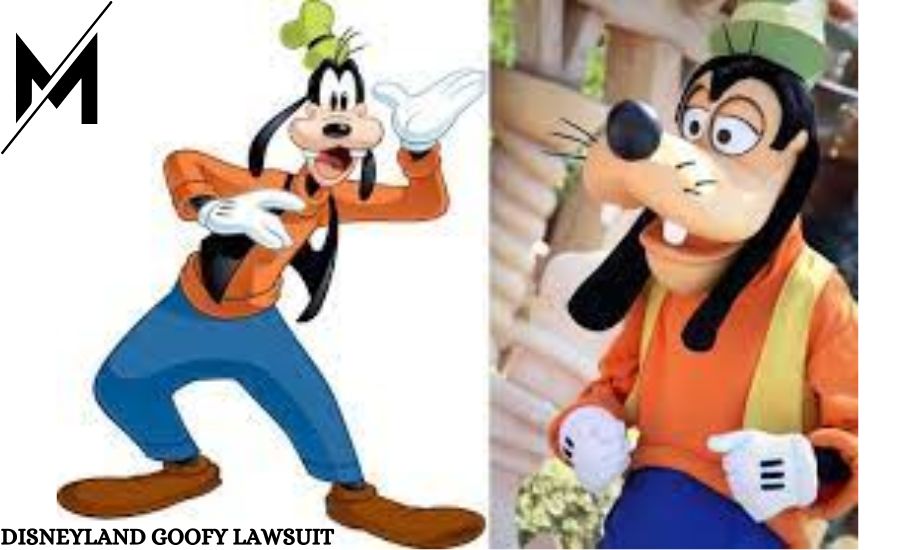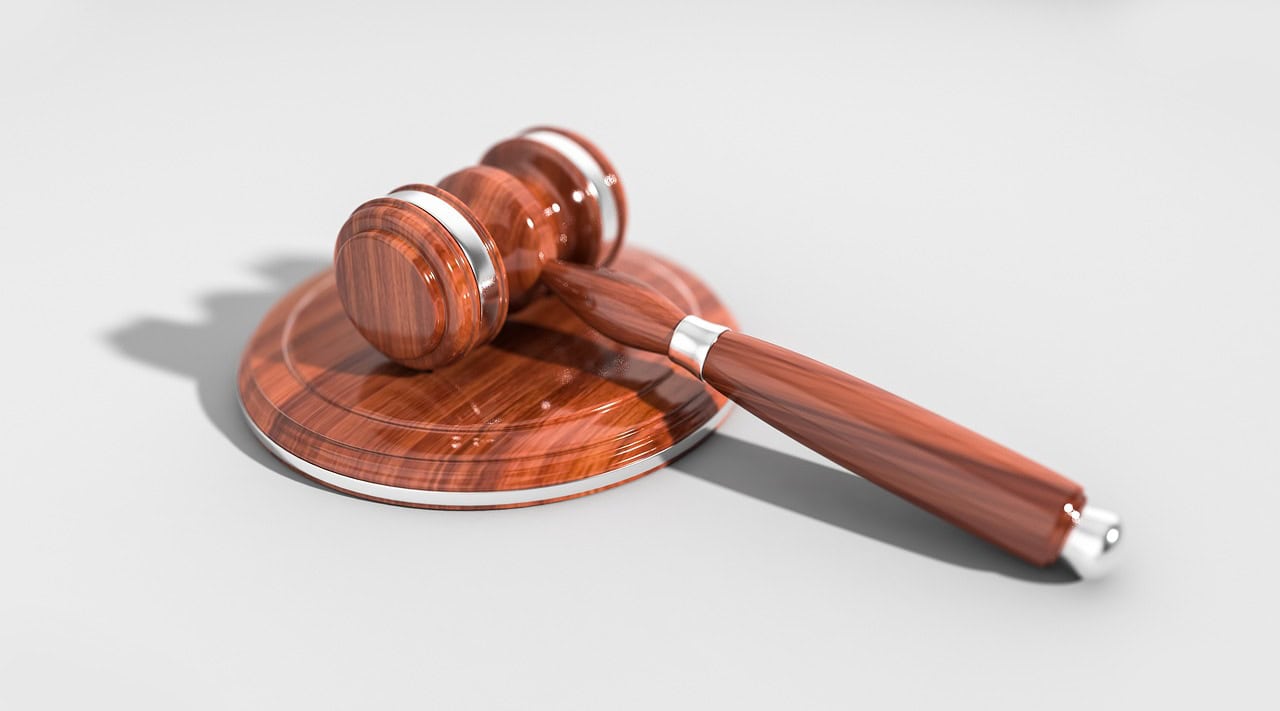Disneyland Goofy lawsuit has become a trending topic in the entertainment and legal world. This case has captured the attention of millions of fans worldwide, raising important questions about intellectual property rights and character representation. Understanding the intricacies of this lawsuit is essential for anyone interested in the intersection of law and entertainment.
As one of the most iconic theme parks in the world, Disneyland has always been a place of joy and wonder. However, recent events have brought attention to the legal challenges surrounding its beloved characters. The lawsuit involving Goofy highlights the complexities of copyright law and the responsibilities of theme parks in protecting their intellectual property.
This article delves into the details of the Disneyland Goofy lawsuit, providing a thorough analysis of the case while addressing the broader implications for the entertainment industry. Whether you're a legal expert or a casual fan, understanding this case can offer valuable insights into the world of intellectual property.
Read also:Alletta Osean The Rising Star In The World Of Entertainment
Table of Contents
- Introduction to Disneyland Goofy Lawsuit
- Background of the Lawsuit
- Legal Issues Involved
- Impact on Disneyland
- Character Rights and Representation
- Historical Perspective of Goofy
- Effect on the Entertainment Industry
- Public Opinion and Reaction
- Future Directions for Intellectual Property
- Conclusion and Call to Action
Introduction to Disneyland Goofy Lawsuit
The Disneyland Goofy lawsuit has sparked widespread debate and discussion. This legal battle involves allegations of unauthorized use of Goofy's likeness outside Disneyland's premises, leading to a significant legal challenge for the company. The case highlights the importance of protecting intellectual property in the entertainment sector.
Why This Lawsuit Matters
This lawsuit is not just about Goofy; it represents a broader issue regarding character representation and copyright law. As one of Disney's most beloved characters, Goofy's image is closely tied to the company's brand identity. The lawsuit underscores the need for clear guidelines on how characters can be used legally and ethically.
Background of the Lawsuit
The Disneyland Goofy lawsuit began when an independent vendor was accused of using Goofy's likeness without proper authorization. This vendor allegedly sold merchandise featuring Goofy outside Disneyland's gates, leading to legal action by Disney. The case raises questions about the boundaries of intellectual property rights and the responsibilities of third-party vendors.
Key Players in the Lawsuit
- Disney Corporation
- Independent Vendor
- Legal Teams Representing Both Parties
Legal Issues Involved
The Disneyland Goofy lawsuit touches on several critical legal issues, including trademark infringement, copyright violations, and fair use. These issues are central to understanding the complexities of the case and its potential outcomes. Legal experts have weighed in on the matter, providing insights into the nuances of intellectual property law.
Trademark Infringement
Trademark infringement occurs when a party uses a trademarked character or logo without permission. In this case, Disney alleges that the vendor's use of Goofy's likeness constitutes trademark infringement. This claim is supported by legal precedents that emphasize the protection of intellectual property.
Impact on Disneyland
The Disneyland Goofy lawsuit has significant implications for Disneyland and its operations. If the lawsuit is successful, it could set a precedent for how theme parks handle intellectual property disputes. Additionally, the case may influence how Disney approaches licensing agreements and vendor partnerships in the future.
Read also:Theron Thomas Genius Unveiling The Mind Behind The Legend
Potential Consequences
- Stricter Licensing Agreements
- Enhanced Vendor Regulations
- Increased Legal Scrutiny
Character Rights and Representation
Character rights and representation are at the heart of the Disneyland Goofy lawsuit. Goofy, as a fictional character, is protected by copyright law, which grants Disney exclusive rights to its use. The case highlights the importance of respecting these rights and ensuring that characters are represented accurately and ethically.
Goofy's Role in Disney's Portfolio
Goofy has been a staple of Disney's portfolio for decades, appearing in countless films, television shows, and theme park attractions. His enduring popularity underscores the value of character rights and the need to protect them from unauthorized use.
Historical Perspective of Goofy
To fully understand the significance of the Disneyland Goofy lawsuit, it's important to examine Goofy's historical role in Disney's history. Created in 1932, Goofy has evolved from a supporting character to a beloved icon. His journey through the decades reflects the changing landscape of intellectual property rights and character representation.
Goofy's Evolution
From his early appearances in Mickey Mouse cartoons to his starring roles in films like "A Goofy Movie," Goofy has undergone significant transformations. Each iteration of the character has been carefully crafted to align with Disney's brand identity and legal protections.
Effect on the Entertainment Industry
The Disneyland Goofy lawsuit has broader implications for the entertainment industry as a whole. As intellectual property becomes increasingly valuable, companies are taking stronger measures to protect their assets. This case serves as a cautionary tale for businesses operating in the entertainment sector.
Lessons for Other Companies
- Strengthen Intellectual Property Protections
- Develop Clear Licensing Guidelines
- Engage in Proactive Legal Planning
Public Opinion and Reaction
Public opinion plays a crucial role in shaping the perception of legal cases like the Disneyland Goofy lawsuit. Many fans have expressed concern about the impact of such lawsuits on the accessibility of beloved characters. Others argue that protecting intellectual property is essential for preserving the integrity of creative works.
Media Coverage
Media outlets have extensively covered the Disneyland Goofy lawsuit, providing updates and analysis on its developments. This coverage has helped raise awareness about the complexities of intellectual property law and the challenges faced by companies like Disney.
Future Directions for Intellectual Property
Looking ahead, the Disneyland Goofy lawsuit may influence future directions in intellectual property law. As technology advances and the entertainment industry evolves, companies must adapt their strategies to address emerging challenges. This case serves as a reminder of the importance of staying ahead of legal trends and protecting creative assets.
Innovative Approaches
Companies can adopt innovative approaches to intellectual property management, including:
- Utilizing Blockchain Technology for Transparent Licensing
- Collaborating with Independent Creators
- Investing in Legal Education and Training
Conclusion and Call to Action
The Disneyland Goofy lawsuit highlights the complexities of intellectual property law and the importance of protecting creative works. As this case continues to unfold, it offers valuable lessons for businesses and fans alike. By staying informed and engaging in meaningful discussions, we can contribute to a better understanding of the legal challenges facing the entertainment industry.
We invite you to share your thoughts on this article and the Disneyland Goofy lawsuit. Your feedback is invaluable in helping us improve our content and provide even more valuable insights. Additionally, we encourage you to explore other articles on our site for further information on intellectual property and entertainment law.

